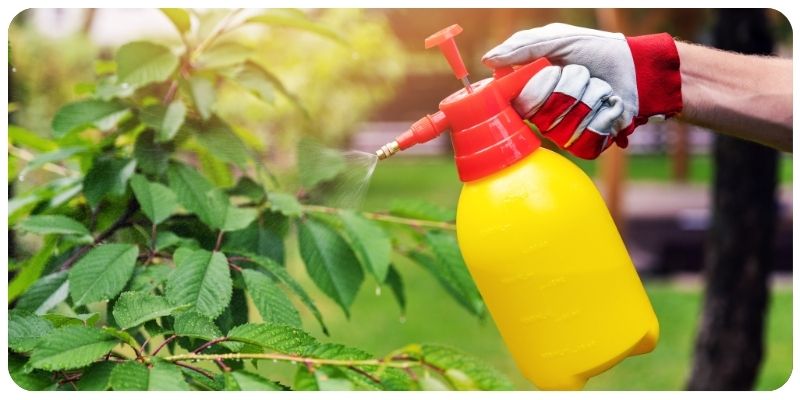
Common Houseplant Pests and How to Control Them
Houseplants are a great way to bring nature indoors and improve air quality, but they can sometimes attract unwanted pests. These pests can harm your plants and cause them to lose their vitality. In this guide, we will help you identify common houseplant pests and provide effective methods to control and eliminate them.
1. Common Houseplant Pests
Several pests are known to target indoor plants. Recognizing the signs of infestation early on can help you take action before the problem escalates. Below are the most common pests that affect houseplants:
Spider Mites
Spider mites are tiny, sap-sucking arachnids that can cause significant damage to houseplants. They often appear as tiny red or brown dots on the underside of leaves. Symptoms of spider mite infestations include yellowing leaves, fine webbing, and overall decline in plant health.
Aphids
Aphids are small, pear-shaped insects that suck the sap from plant tissues, leading to stunted growth and distorted leaves. They are often found clustered around new growth and flower buds. Aphids can also secrete a sticky substance known as honeydew, which attracts ants and can lead to mold growth.
Mealybugs
Mealybugs are soft-bodied, white insects that appear as cotton-like masses on the stems and leaves of plants. They feed by sucking plant sap, which can weaken the plant and stunt growth. Mealybugs can spread quickly, so it's important to address infestations early.
Fungus Gnats
Fungus gnats are small, dark flies that hover around potted plants. Their larvae live in the soil and feed on organic matter and plant roots, leading to wilting and poor growth. Fungus gnats are often a sign of overwatering or poorly draining soil.
Scale Insects
Scale insects are small, immobile pests that attach themselves to plant stems and leaves. They have a hard, shell-like covering and feed on plant sap, causing yellowing leaves and stunted growth. Scale can be difficult to remove, so early detection is key.
2. How to Control Houseplant Pests
Controlling houseplant pests requires a combination of good plant care practices, natural remedies, and, in some cases, chemical treatments. Here are the most effective methods for dealing with common houseplant pests:
Manual Removal
For pests like mealybugs and scale insects, manual removal is often the first step. Use a cotton swab dipped in rubbing alcohol to remove visible pests from the plant. This method works well for small infestations.
Neem Oil
Neem oil is a natural insecticide that can be used to control a wide variety of houseplant pests, including spider mites, aphids, and mealybugs. It works by disrupting the life cycle of the pests and can be applied as a foliar spray. Be sure to follow the instructions on the product label.
Insecticidal Soap
Insecticidal soap is another effective solution for soft-bodied pests like aphids and spider mites. It works by suffocating the insects on contact and is safe for most houseplants. Be sure to test the soap on a small area of the plant before applying it widely.
Sticky Traps
For fungus gnats and other flying pests, yellow sticky traps can be placed near your plants to catch adult insects. This method helps reduce the adult population and can prevent further breeding.
Beneficial Insects
If you have a greenhouse or an indoor plant collection, introducing beneficial insects like ladybugs or predatory mites can help control pest populations naturally. These insects feed on common pests without harming your plants.
3. Preventing Future Infestations
Prevention is always better than treatment. By following a few simple practices, you can reduce the chances of pests returning to your houseplants:
Inspect New Plants
Always inspect new plants for signs of pests before bringing them into your home. Quarantine new plants for a few weeks to ensure they are pest-free before placing them near your other houseplants.
Proper Watering
Overwatering is one of the leading causes of pest infestations, particularly fungus gnats. Make sure your plants have well-draining soil and avoid letting them sit in standing water.
Regular Cleaning
Keep your plants clean by wiping their leaves regularly to remove dust and debris. This not only helps with pest control but also promotes healthy photosynthesis.
Good Air Circulation
Pests thrive in stagnant air. Ensure your plants have adequate air circulation by spacing them properly and using fans in rooms where necessary.
Conclusion
Houseplant pests can be frustrating, but with the right knowledge and tools, you can keep your plants healthy and pest-free. Regular monitoring and early intervention are key to preventing infestations from getting out of control. By using natural remedies and practicing good plant care, you can enjoy a thriving indoor garden.